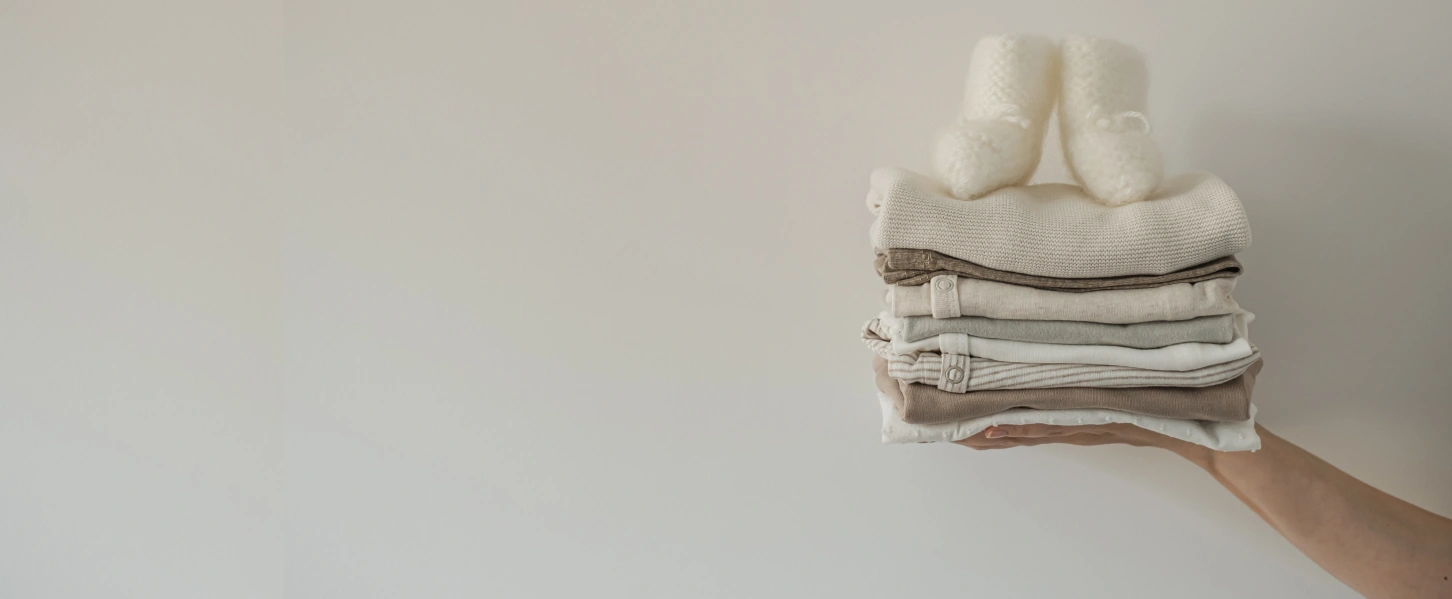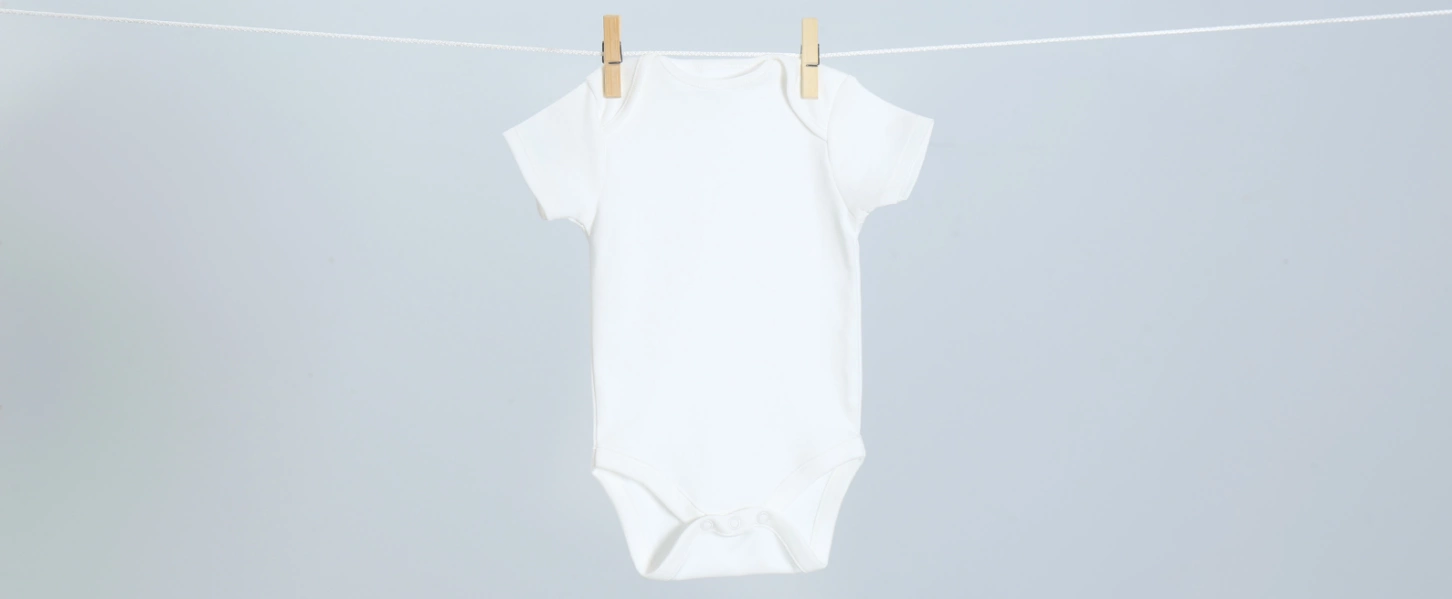Folding children's clothes can help keep the closet organized and make it easier to quickly find the right outfits. Here are a few steps to properly fold children's clothes:
Plan the space: Prepare a space for folding clothes, such as a clean surface on a bed or table.
Sort the clothes: Consider sorting clothes by categories, such as shirts, pants, onesies, to make it easier to find specific items.
Remove wrinkles: If clothes are wrinkled, straighten them out before folding to achieve a neater appearance after folding.
Fold according to shape: Fold clothes according to their shape to maintain the original fit. For example, pants should be folded along the seams, and shirts along the front and back.
Fold in half: Fold clothes in half by dividing them into two equal parts. For example, pants can be folded along the legs.
Fold in threes: For smaller clothes like onesies or t-shirts, you can use the technique of folding in threes. Fold the garment in half, then fold it in half again to create three sections.
Use organizers: If the closet is equipped with dividers or bins, use them to organize the folded clothes.
Shelf labels: If you use shelves, place labels with category names (e.g., shirts, pants) or sizes to make it easier to find the right clothes.
Remember, folding children's clothes can be flexible and tailored to individual needs. The key is to maintain order to facilitate daily outfit selection for the little ones.
Folding children's clothes can help keep the closet organized and make it easier to quickly find the right outfits. Here are a few steps to properly fold children's clothes:
Plan the space: Prepare a space for folding clothes, such as a clean surface on a bed or table.
Sort the clothes: Consider sorting clothes by categories, such as shirts, pants, onesies, to make it easier to find specific items.
Remove wrinkles: If clothes are wrinkled, straighten them out before folding to achieve a neater appearance after folding.
Fold according to shape: Fold clothes according to their shape to maintain the original fit. For example, pants should be folded along the seams, and shirts along the front and back.
Fold in half: Fold clothes in half by dividing them into two equal parts. For example, pants can be folded along the legs.
Fold in threes: For smaller clothes like onesies or t-shirts, you can use the technique of folding in threes. Fold the garment in half, then fold it in half again to create three sections.
Use organizers: If the closet is equipped with dividers or bins, use them to organize the folded clothes.
Shelf labels: If you use shelves, place labels with category names (e.g., shirts, pants) or sizes to make it easier to find the right clothes.
Remember, folding children's clothes can be flexible and tailored to individual needs. The key is to maintain order to facilitate daily outfit selection for the little ones.



